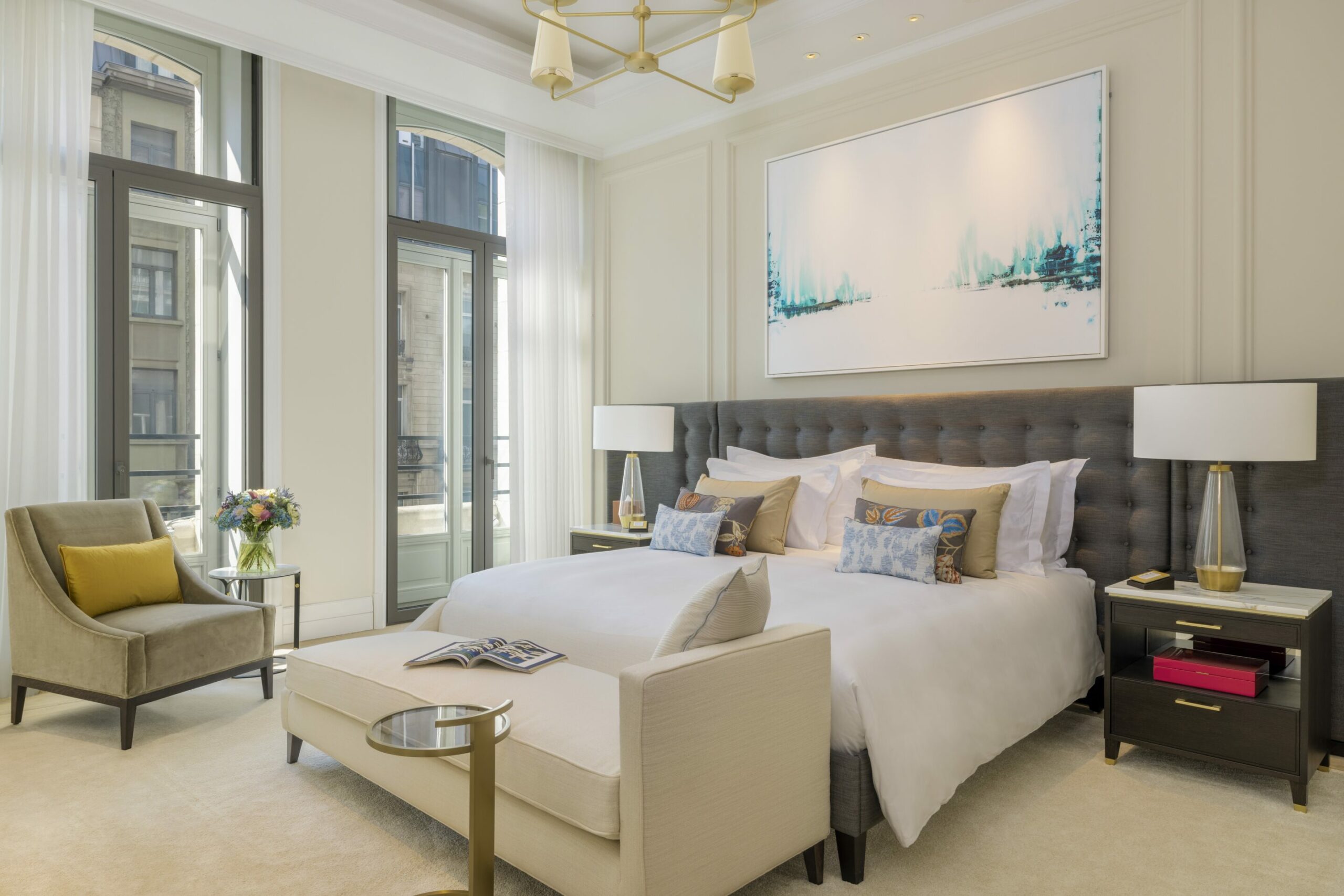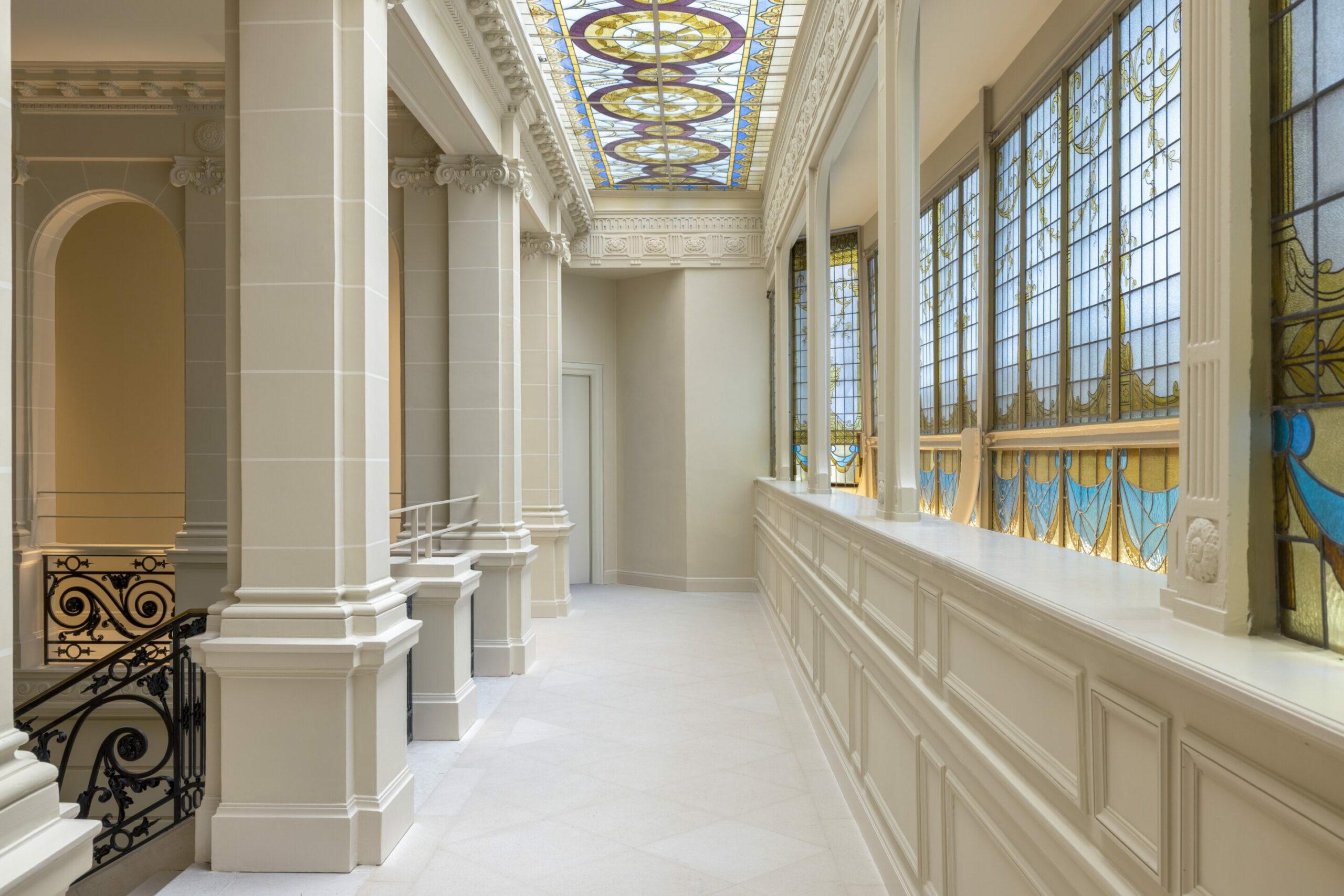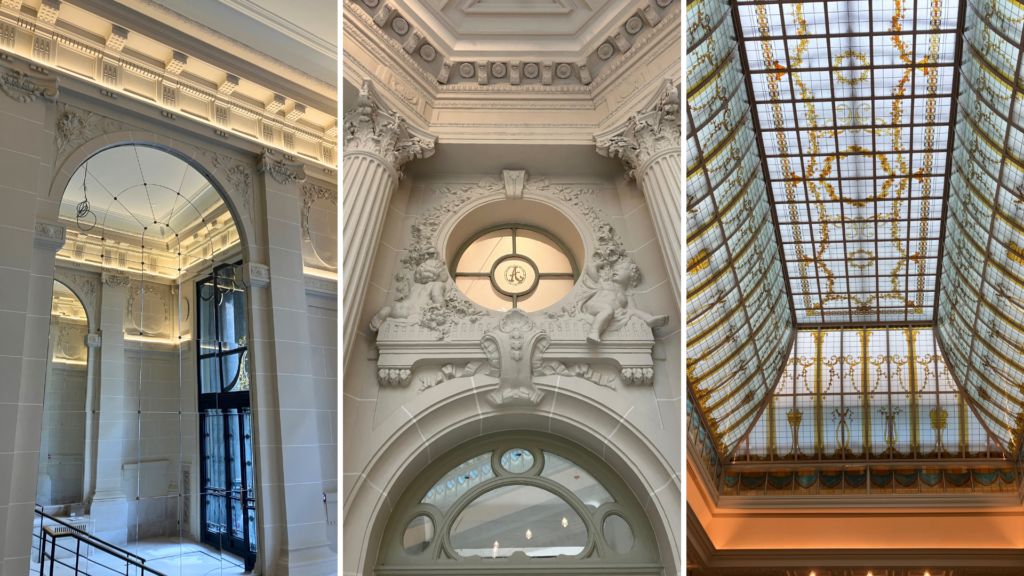One of Brussels' most iconic buildings, which once welcomed countless illustrious guests, became a ghost hotel after sitting disused for a decade. However, it has now been restored to its original splendour and is ready to welcome the public again.
Anyone who visited the crumbling Hotel Astoria when renovation work began would have assumed its glory days were long gone. But against all expectations, it will again open doors in November under the name Corinthia Grand Hotel Astoria Brussels, 17 years after it was left empty.
But staying there won't be for everyone: the cheapest stay will cost around €700. "We can be honest: many people can't afford to stay the night in this hotel," City of Brussels Councillor for Public Space, Urban Planning and Heritage, Anaïs Maes, told The Brussels Times. However, she noted that there should be "something for everyone" in a city like Brussels, adding that this type of luxury hotel was lacking in the region.

Credit: Corinthia Grand Hotel Astoria Brussels
On the other hand, the prestigious address is not only looking for wealthy visitors. On the contrary, the hotel's managing director Edward Leenders hopes for it to become a hotel for the city. "We want to welcome Brussels residents. Of course, it is a luxury hotel but we also have a restaurant, a bar and even a spa that are accessible to all to enjoy. "
Maes' grandparents were among the many "ordinary people" who saved for months to dine out in the original hotel as a special occasion. "They dined here once a year and it was something they looked forward to. I think residents should do the same, even if it's just for a coffee," she said. "The hotel doesn't just belong to very rich tourists, it also belongs to Brusseleirs. That has been true in the past and I am convinced it will be the same in the future."
A rich history
The original construction, designed by architect Henri Van Dievoet, was built in one year and opened in 1910 for the Brussels World's Fair under the name Hotel Astoria. The name was taken from the famous Waldorf Astoria in New York.
The building in Notre Dame aux Neiges, the city’s vibrant Freedom Quarter, exemplified the splendour of the Belle Époque period and hosted the dignitaries and events that shaped Brussels.
Emperor Hiro Hito of Japan stayed twice and the bathtub of the Royal Suite was filled with donkey milk for Begum, wife of Aga Khan III, a wealthy Persian prince. Winston Churchill smoked his famous Havana cigars in the lounges and other famous guests include US President Eisenhower, painter Salvador Dali and writer Marguerite Yourcenar.

The Walford ballroom, another nod to the famous New York hotel. Credit: urban.brussels/ Turbulence
Its luxurious interiors followed the latest fashion, while the lobby with its monumental glass roof was world-renowned. Aside from looking pristine, the hotel incorporated the latest technical innovations of the time, such as hot water on all floors, a lift and all-electric lighting.
To compete with other luxury hotels elsewhere in the city, such as the Métropole (which itself will soon be renovated), it boasted the "fresh air" that could be breathed "in the distinguished neighbourhood and on the heights of the rue Royale".
Restoration work focused on every detail of the decor. All the finely carved decorations were repainted and fixed while the crystal chandeliers and large mirrors were restored with watchmaker precision. Based on old pictures of the lobby's large stained-glass roof, which disappeared in 1948, the masterpiece of light and colour was completely reconstructed.
Regional heritage
The Brussels Region invested around €2.7 million for the restoration. The hotel in its new form will have 126 rooms, including 31 suites and five "signature suites", as well as 1,200 square metres of wellness space. Two extra floors have been added to the building’s original structure.
Works were undertaken at a slower pace as the facade, the Royal Suite on the first floor and many of the interior decorations are protected. The complexity of the renovation also slows the process. The entire inside was gutted while the exterior was kept in place, making for a challenging construction process. All elements had to be restored to their original state while being energetically improved.

Credit: Corinthia Grand Hotel Astoria Brussels
"The Astoria shows how to strike the balance between respecting and restoring magnificent heritage, both private and public, to its glory, but also taking today's needs into account," Maes said.
This is a balancing act the City and Region are constantly performing in the public space, especially on the historic Royal Axis, running from Palais de Justice to Botanique, lying between the higher point of the City of Brussels, where the hotel is located, and the hyper-centre below. On this same central line, Place de la Liberté (a neoclassical square listed as heritage since 1983) and the Place Royal at the top of Mont des Arts are also having a facelift – each project ruffling the feathers of heritage protection groups.
Maes stresses the need to both preserve heritage whilst also making spaces greener and more permeable. "These are the needs of the neighbourhood today. What happens in the private sphere, such as in Astoria, is very much aligned with this." Aside from investing in updating and preserving this heritage, the hotel will also create 240 jobs.

